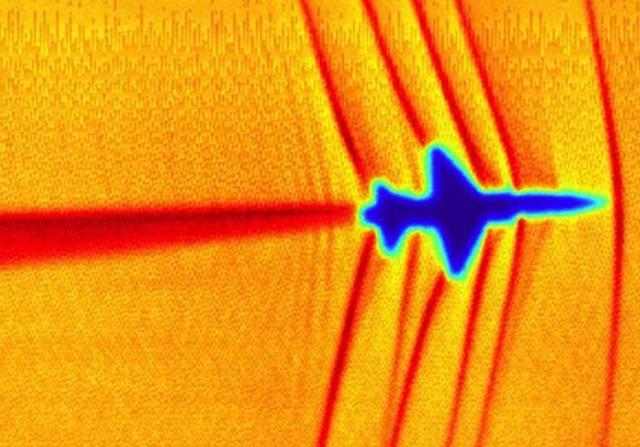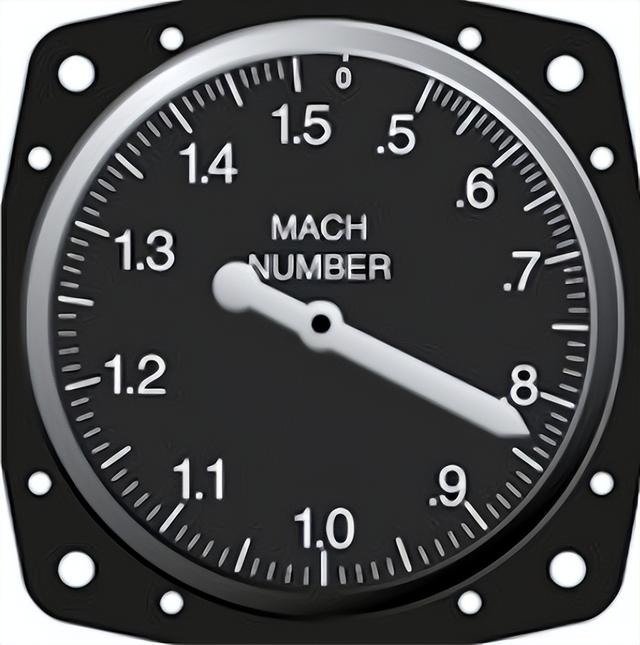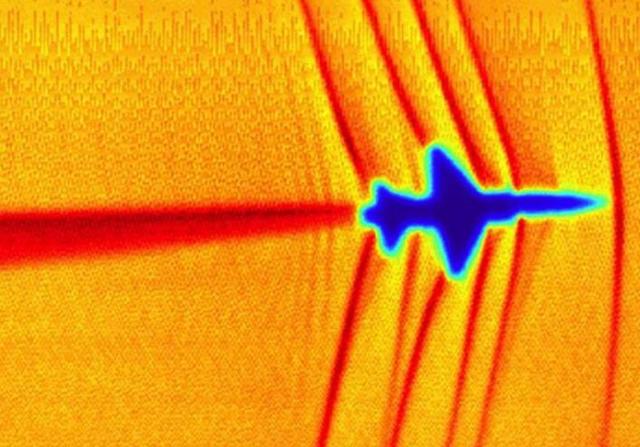When describing the speed of flight, people often use mach as a unit. In simple terms, mach is actually the ratio of speed to the speed of sound.

Since the speed of sound is not a fixed value and has different values for different conditions (e.g. Medium, temperature, pressure, etc.), if we ask how fast mach 1 is, we do not directly say how many kilometres per hour mach 1 is equivalent to, but should add defined conditions before that.
For example, in the earth's atmosphere, when the air pressure is one standard atmosphere and the temperature is 15 degrees celsius, the speed of sound in air is about 340 metres per second, and the speed of flight in air under these conditions, mach 1 would be equivalent to about 1224 kilometres per hour.
As you can see, it is not intuitive to describe the speed of flight in terms of mach, so the question arises, if this is the case, then why is the speed of flight often measured in mach? Wouldn't it be more convenient to just use kilometres per hour? Let's talk about this.
When an object travels through the air, the air in front of it is squeezed, and if the object is relatively slow, the air in front of it is "Compressed", "Recovered" And then if the object is relatively slow, the mass of air in front of it will undergo a process of "Compression", "Recovery" And then "Popping off".

Since the above process takes a certain amount of time, when the velocity of an object in the air reaches a certain value, the air in front of it just can't "Recover" Or "Pop off" After being "Compressed". "As the object continues to fly, the air further in front of it goes through the same process, resulting in more and more "Compressed air the air further in front of the object will undergo the same process, causing more and more "Compressed air" To accumulate in front of the object.
So the question is, what is this 'specific value'? The answer is the speed of sound.
Essentially, sound is a wave produced by the vibration of an object, and sound waves in the air are in fact "Longitudinal waves".

The diagram above shows how sound waves travel through the air. It can be seen that sound waves actually travel through the "Compression" And "Recovery" Of air molecules. In other words, the speed at which air "Compresses" And "Recovers" Is actually the speed at which sound travels through the air, the speed of sound.
In other words, when an object travels through the air at the speed of sound, a large amount of "Compressed air" Rapidly builds up in front of it, and in this case the resistance of the object to the air rises abruptly, a phenomenon we often hear as the "Sound barrier". This phenomenon is what we often hear as the "Sound barrier".
On the other hand, when a vehicle travels faster than the speed of sound in air, although the air in front of it is also "Compressed", in this case the speed of this "Compressed air" Is slower than the speed of the vehicle, so it cannot build up in large quantities in front of the vehicle. In this case, however, the speed of this "Compressed air" Is slower than the speed of the vehicle, so it cannot build up in large quantities in front of the vehicle and does not create a strong drag on the vehicle.

Therefore, for a human aircraft to fly supersonically, it is necessary to break the "Sound barrier", which means that the manoeuvrability and stability of the aircraft will suddenly deteriorate, so it is necessary for the pilot to know in time the immediate relationship between the current speed and the speed of sound. It is therefore necessary for the pilot to be aware of the immediate relationship between the current speed and the speed of sound, so that he can prepare in advance and thus significantly improve the safety of the flight.
As the speed of sound has different values under different conditions, the pilot cannot visualise the immediate relationship between the current speed of the aircraft and the speed of sound based on "Kilometres per hour", so those faster aircraft are usually equipped with a special instrument that displays the mach number. In simple terms, this instrument is able to calculate the speed of sound in the current area based on various conditions in the area (e.g. Air density, pressure, temperature, etc.) and then compare its current flight speed to calculate the mach number.

It is important to note that the 'sound barrier' is only one of the reasons why 'speed is often measured in mach', but in fact the use of mach number is also important in that it can be used to accurately describe the aerodynamic properties of a vehicle.
As the density, temperature and pressure of the air in the earth's atmosphere varies significantly depending on altitude, the forces on a vehicle in its current state when travelling at high speed through the air will vary considerably depending on the area in which it is located and cannot be calculated simply on the basis of 'kilometres per hour'.

When a vehicle is travelling in air, its mach number is the ratio of its speed in air to the speed of sound in the air in the current region.
Since there is a definite correspondence between the speed of sound and the density, temperature and atmospheric pressure of the air, the mach number of a vehicle can be used as an ideal indicator of the degree of air compression, by which the mach number can accurately describe the aerodynamic characteristics of the vehicle in the current situation.


